Out Now
The AI Issue
Current Issue
The AI Issue
OCT - NOV 2025

The age of electric vehicles is dawning, albeit a little slower down under. Here’s your guide to the transition from petrol to electric.
There’s no doubt about it – electric vehicles are having a moment. An important, global moment at that. Almost one in five new car registrations in the EU in 2021 were for electric vehicles, with Norway clocking a whopping 65 per cent of new car sales.
China is the world’s biggest electric vehicle market, with sales on track to meet 20 per cent well before the 2025 target. In a nation of 1.4 billion souls, that’s a fair few electric vehicles. Carmakers like Audi, Nissan and Mazda are even setting impressive timelines to become 100 per cent electric by the early 2030s.
Yet in Australia, less than two per cent of new car sales are electric. Yep, a measly two per cent. Just 20,665 vehicles sold in 2021 in our car-obsessed nation were electric, and it’s estimated our wide brown land is home to as few as 35,000.
Why are we lagging behind the rest of the world? One of the biggest reasons is simple geography, says Chris Jones, president of the Australian Electric Vehicle Association.
“Manufacturers will go for the easiest, most insatiable market first, so that is left-hand drive, northern hemisphere. When you can put all of your manufactured cars on a train and send them to the country next door, that’s where they go first.”
Another big barrier is upfront sticker price. Even though the average electric vehicle driver saves $1,600 on fuel costs each year and about $400 on maintenance, the cost of a new vehicle is a lot more than the average petrol-powered car.
“An electric vehicle has a big battery in it, and the battery is an expensive piece of kit,” says Ross De Rango, Head of Energy and Infrastructure at the Electric Vehicle Council.
“There is a substantial difference in cost between an internal combustion engine vehicle and the equivalent battery electric vehicle.”
And then there’s government regulations – or lack thereof – which make the local market decidedly unappealing for carmakers. Europe, the US and many other developed economies have fuel efficiency standards that penalise vehicle makers if they don’t bring enough low-emission vehicles to market. “We don’t have those standards in Australia,” says De Rango. This means carmakers have a strong financial incentive to send most of their electric vehicles to those markets rather than shipping them all the way to Australia.
The barriers are big, but here’s the thing: Aussies want to go electric. Recent research by The Australia Institute found the majority of us support the introduction of a government policy subsidising the purchase of new electric vehicles as well as a ban on the sale of new fossil-fuelled cars by 2035.
Jones says introducing regulations that discourage the sale of petrol cars will have a huge impact on the viability of an electric vehicle market. “It’s a minimal financial input kind of change that will bring about really rapid change. All of a sudden, we will become an attractive market to manufacturers to sell electric vehicles.”
Some states have introduced subsidies for new electric vehicle purchases. Prices, too, are expected to come down.
“A few years ago, if you wanted to buy an electric vehicle, it was a Tesla at $150,000. Now you can buy an electric vehicle from MG in the $40,000 to $45,000 price range,” De Rango says. “The vehicles are getting cheaper, and that will continue to happen as battery costs fall.”
With global demand for electric vehicles expected to take off in coming years, Jones says Australia will eventually catch up to the rest of the world.
Keep up to date with our latest news and competitions by subscribing to our regular newsletter.

Issue 183
OCT - NOV 2024

Issue 182
AUG - SEPT 2024

Issue 181
JUN - JUL 2024
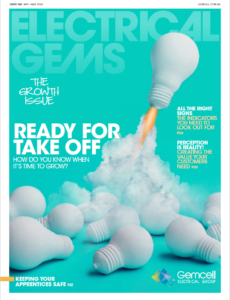
Issue 180
APR - MAY 2024

Issue 179
FEB - MARCH 2024

Issue 178
DEC 2023 - JAN 2024
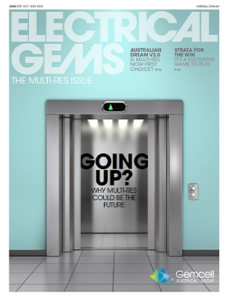
Issue 177
OCT - NOV 2023
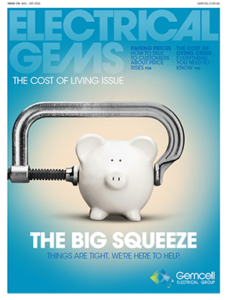
Issue 176
AUG - SEPT 2023

Issue 175
JUN - JUL 2023

Issue 174
APR - MAY 2023

Issue 173
FEB - MAR 2023

Issue 172
DEC 2022 - JAN 2023

Issue 171
OCT - NOV 2022
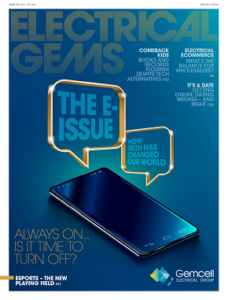
Issue 170
AUG - SEPT 2022
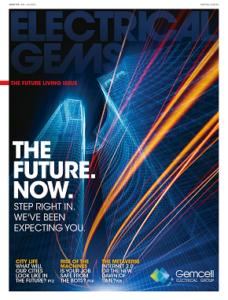
Issue 169
JUN - JUL 2022

Issue 168
APR - MAY 2022

Issue 167
FEB - MAR 2022

Issue 166
DEC 2021 - JAN 2022

Issue 165
OCT - NOV 2021

Issue 164
AUG - SEPT 2021

Issue 163
JUN - JUL 2021
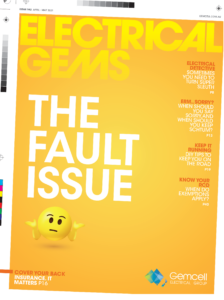
Issue 162
APR - MAY 2021

Issue 161
FEB - MAR 2021

Issue 160
DEC 2020 - JAN 2021

Issue 159
OCT - NOV 2020

Issue 158
AUG - SEPT 2020

Issue 157
JUN - JUL 2022

Issue 156
APR - MAY 2020

Issue 155
FEB - MAR 2020

Issue 154
DEC 2019 - JAN 2020

Issue 153
OCT - NOV 2019
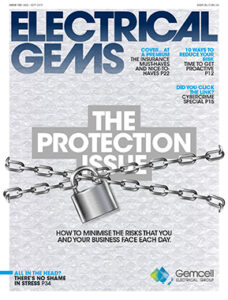
Issue 152
AUG - SEPT 2019

Issue 151
JUN - JUL 2019

Issue 150
APR - MAY 2019
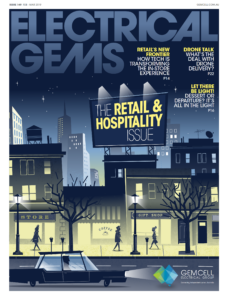
Issue 149
FEB - MAR 2019

Issue 148
DEC 2018 - JAN 2019
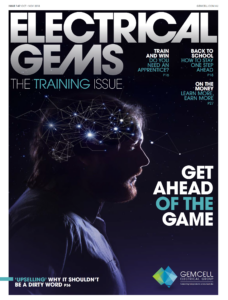
Issue 147
OCT - NOV 2018

Issue 146
AUG - SEPT 2018

Issue 145
JUN - JUL 2018

Issue 144
APR - MAY 2018
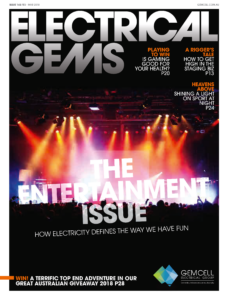
Issue 143
FEB - MAR 2018
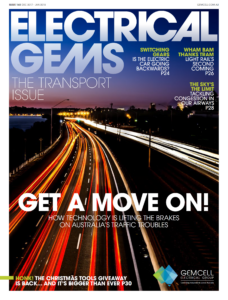
Issue 142
DEC 2016 - JAN 2017
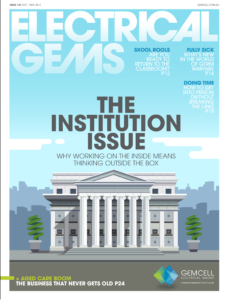
Issue 141
OCT- NOV 2017
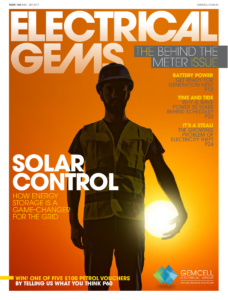
Issue 140
AUG - SEPT 2017

Issue 139
JUN - JUL 2017
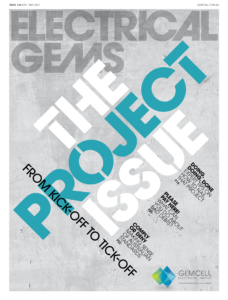
Issue 138
APR - MAY 2017

Issue 137
FEB - MAR 2017
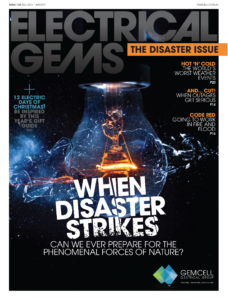
Issue 136
DEC 2016 - JAN 2017

Issue 135
OCT - NOV 2017

Issue 134
AUG - SEPT 2016

Issue 133
JUN - JUL 2016

Issue 132
APR - MAY 2016
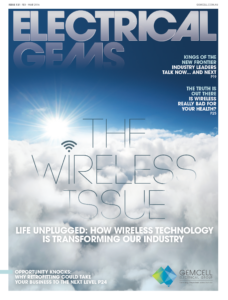
Issue 131
FEB - MAR 2016
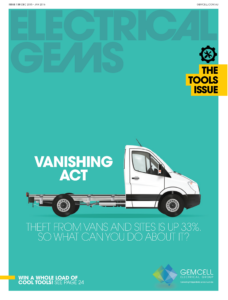
Issue 130
DEC 2015 - JAN 2016

Issue 129
OCT - NOV 2015

Issue 128
AUG - SEPT 2015

Issue 127
JUN - JUL 2015

Issue 125
APR - MAY 2015

Issue 125
FEB - MAR 2015

Issue 124
DEC 2014 - JAN 2015

Issue 123
OCT - NOV 2014

Issue 122
AUG - SEPT 2014

Issue 121
JUN - JUL 2014

Issue 120
APR - MAY 2014

Issue 119
FEB - MAR 2014

Issue 118
DEC 2013 - JAN 2014

Issue 117
OCT - NOV 2013

Issue 116
AUG - SEPT 2013

Comments (0)
Write a Comment